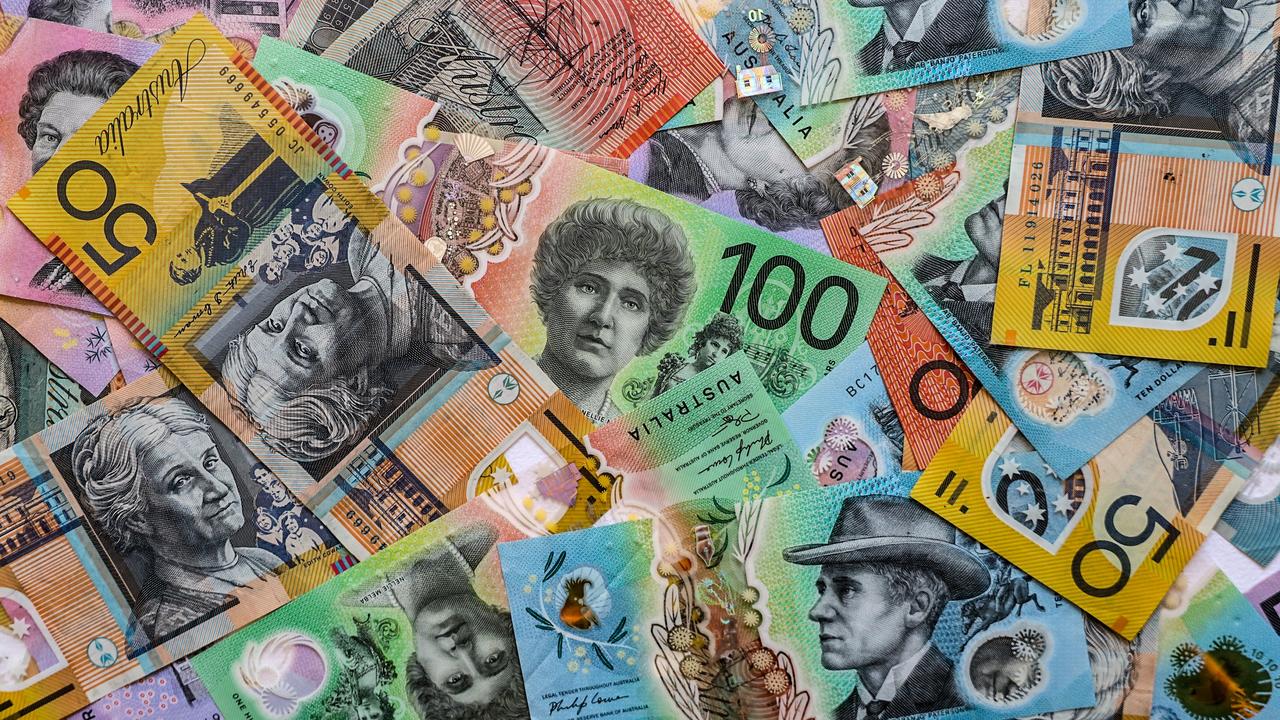Mobility data shows Greater Sydney residents are still not isolating enough
New data points to why cases in Greater Sydney are still continuing to rise despite the area being in lockdown for more than a month.

New modelling released today shows Sydney's current level of social distancing is still not enough to control the outbreak.
The University of Sydney modelling studied the movements of people during the period between July 16-25, and found that while social distancing had improved compared to the two weeks before that, it is still too low to control the Delta outbreak.
Professor Mikhail Prokopenko, director of the University of Sydney’s Centre for Complex Systems, told news.com.au the model showed social distancing had improved from 40 per cent to around 60 per cent.
But this was still short of the 70-80 per cent needed in order to drive down cases to below 10 a day within a month.
“What is most concerning is that our model showed that even when we take into account essential workers, 10-15 per cent of the population is still not doing the right thing which means we could be stuck in lockdown for quite a while longer,” Prof Prokopenko said.
RELATED: Worst day yet for NSW Covid cases

Prof Prokopenko said the modelling also showed the growth rate of Covid-19 cases in NSW had slowed, although this did not take into account today’s record 239 cases.
The modelling looked at cases up until Sunday, July 25 and found in the two weeks prior, the seven-day moving average dropped to 3.7 per cent, from a growth rate of 10 per cent in the two weeks prior to that.
“The rate is slowing so that’s positive but it’s not slowing fast enough,” Prof Prokopenko said.
“One reason is that the strict lockdown was not imposed early enough.”
He said the modelling, which has been released as a pre-print today, showed the impact of NSW’s decision to wait two weeks before locking down more strictly.
It also revealed the impact of increasing rates of vaccination will not come into play for at least a month.
Prof Prokopenko said if a strict lockdown — similar to Stage 4 restrictions but not including a curfew or a 5km limit — had been introduced when there were only 100 cases in Sydney (around June 24), this would have seen cases go up for two weeks but then come down, with the outbreak under control a month later. This could have seen Greater Sydney coming out of lockdown by mid-August — just two weeks from now.
But the model showed that waiting two weeks until cases had reached a cumulative total of 400 (around July 9) to introduce the harsh lockdown, meant cases would not come down until around mid September at the earliest, even though around 40 per cent of people were expected to be vaccinated by this time.
“What this tells us is that this delay in locking down, essentially cancels out (the benefit) of progressive vaccination,” Prof Prokopenko said.
“At this stage lockdown makes a larger impact than progressive vaccination.”
However, Prof Prokopenko said the “balance will tip” and vaccination would come into play after a couple more months.
RELATED: Christmas lockdown a ‘possible scenario’

“The accelerating vaccination rollout will begin to make a difference in a few months, but at this stage a tight lockdown makes a larger impact and needs to continue.”
Prof Prokopenko’s modelling also relies on the population achieving a 80 per cent reduction in social distancing, so he said people should continue to stay at home as much as possible, minimise their interactions outside households, and get vaccinated.
“No one wants to be in a position where we are still in a lockdown at Christmas,” he said.
“Australia needs to emerge from this and the only way to do so is to go hard and thoroughly.”
Unfortunately, Prof Prokopenko said the continuing growth in cases likely showed that restrictions were probably not harsh enough in Greater Sydney and he was also sceptical of NSW attempts to manage the outbreak through local geographic areas, which had not worked during Victoria’s second wave.
NSW announced on Thursday, further restrictions on eight local government areas, including a 5km limit and the use of masks outside the home. Other areas of Sydney have a 10km limit and only have to wear masks outdoors in certain circumstances.
“It is very challenging to manage these outbreaks locally,” Prof Prokopenko said.
“So what we need to do is to be consistent and thorough, with very stringent measures applied comprehensively throughout the metropolitan area.”
In order to achieve an reduction of social distancing by around 80 per cent, Prof Prokopenko said as an example, two people living in a household could limit their trips outside the home to around three times a week, with only one person going out each time.
They would also need to reduce their social interactions while outside by wearing a mask, socially distancing and doing what they needed to do as quickly as possible.
Exercise could be on top of this as long as they went out by themselves without any others in close proximity, although this has not been specifically modelled.
In order to increase compliance with restrictions, NSW authorities announced fines for not wearing a mask would increase from $200 to $500.
charis.chang@news.com.au | @charischang2




